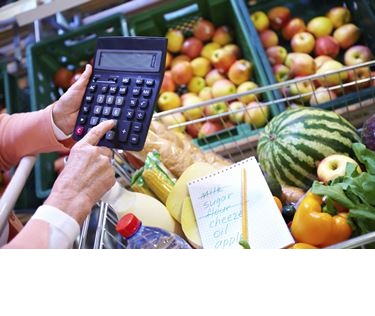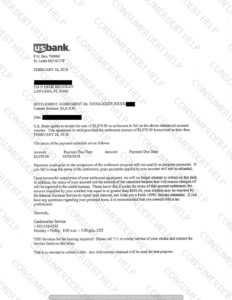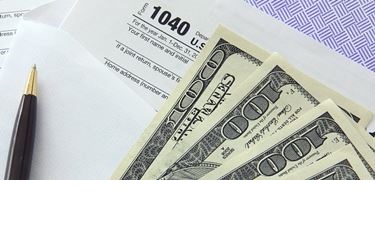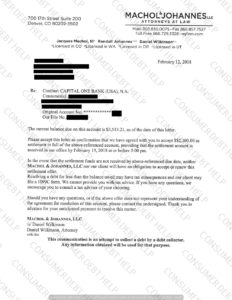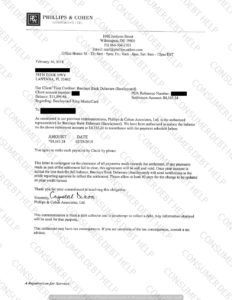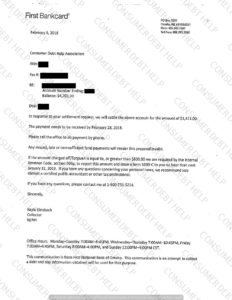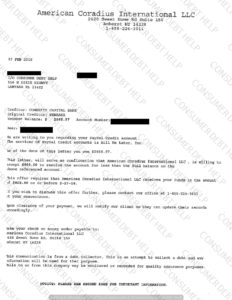It’s almost as much of a savings cliche as checking out books at the library instead of buying them: Making coffee at home is a big money saver over going to Starbucks.
It seems like a no-brainer that making coffee at home is a lot less expensive than paying someone else to make it for you, whether that’s at Starbucks, Peet’s or your local doughnut shop. It’s an easy way to bash Starbucks — which I still visit too often while still making my morning coffee at home — by pointing out the obvious savings.
Pretty much anything you do at home is going to be a lot cheaper than going out for it. That includes meals, washing clothes and growing your own produce.
What I wanted to do, after talking up the savings of making coffee at home for years, is actually add up the costs and see if it’s really worth your time. If the savings isn’t too big, such as within a dime or so, you might as well save some time and go to Starbucks or wherever each day for your cup of coffee. Your time is worth money, but sometimes it’s worth it to pay someone else to do the service for you. That’s partly how restaurants stay in business.
Before I get into the costs of how I make coffee at home, here’s a video lesson from Matt Giovanisci of Roasty Coffee (which isn’t quite yet a live site, though you can sign up for updates) on my preferred method of using a French Press:
I should point out that I’m not getting paid by Roasty to promote it, but think it’s a great idea.
The costs
A French Press can cost $ 20 to $ 50. I’ve bought a few of the $ 20, 8-cup Recycled Coffee Press by Bodum. I say “a few” because while they’re dishwasher safe, they’re made of glass and shouldn’t go on the bottom rack. Put them up high in the dishwasher, where there’s less chance of breakage.
The next big cost is coffee. I go with whole beans at Costco because buying more expensive ground beans seems like a waste of money when you can ground the whole beans for free at Costco. I pay $ 20 for a 3-pound bag, which easily lasts my wife and I two months.
Matt at Roasty recommends also having a grinder, scale and kettle at home. Those are too expensive for me. I grind my coffee for free at the store, scoop it out with a tablespoon as my measuring instrument, and heat tap water in the microwave oven.
Do the math
Now comes the main mathematical question of how much coffee can I get out of a 3-pound bag of coffee beans?
According to Askville by Amazon, the usual formula is that one ounce of coffee is used for every 16 ounces of water. A pound of coffee will make 256 ounces.
That equates to 32 eight-ounce cups of coffee.
A Starbucks Grande size is equal to 16 ounces. So my one pound of coffee at home would equal 16 16-ounce cups of coffee. Multiply that by three pounds of coffee beans, and you’ve got 48 cups of 16-ounce coffee, or 48 Grandes at Starbucks for $ 20 worth of coffee.
Divide that $ 20 by 48, and it costs 41 cents per 16-ounce cup of coffee.
A Grande Cafe Mocha at Starbucks costs $ 4.15, according to HackTheMenu, which is an order I assume people are more likely to make than the $ 1.95 Grande size of regular coffee at Starbucks.
Savings of making coffee at home: $ 3.74
The savings of making coffee at home equates to $ 3.74 per 16-ounce cup.
Here’s the math: 4.15 – 0.41 = $ 3.74.
That’s how much more it costs to buy it at Starbucks. At 41 cents per cup of coffee, my wife and I drink at home probably six days per week, adding up to $ 4.92 per week, or $ 19.68 per month.
These expenses don’t include the upfront costs of a coffee press, electricity and any extras you add to your home-brewed coffee, such as flavorings or creamer. And they surely don’t include the cost of your time.
Other benefits of making coffee at home
If the money saved by making coffee at home adds up to enough of a savings for you, then it’s worth it. But if your time is worth more than the $ 3.74 saved, then it’s worthwhile to go to Starbucks or elsewhere for your coffee.
But even with that extra time and effort of making coffee at home, I think it’s worth it to make it at home. Without getting all Zen about it, there’s something relaxing about cooking — whether it’s a complicated dinner, a simple sandwich for lunch, or a pot of coffee. There’s also the knowledge that you know exactly what’s going into your cup of coffee, and the pride in making it yourself.
This isn’t to say that an occasional trip to Starbucks or a meal out isn’t a worthy expense. We all deserve a treat.
But remember that it is an expense. Making coffee at home an average of six days per week saves me $ 3.74 per day, or $ 22.44 per week, or $ 89.76 per month, or $ 1,077.12 per year. For my wife and I, that equates to $ 2,154.24 per year in savings by making coffee at home.
That’s a lot of cash. What would you do with that cash? Spend it or save it? We throw out some options in this post.




